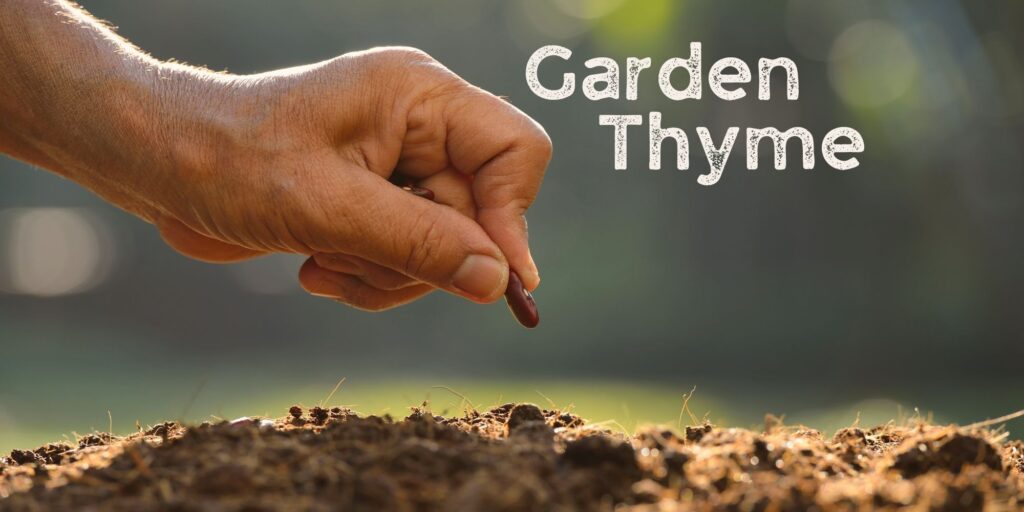Garden Thyme: From Grocery Scraps to Thriving Plants
Howdy, Texas gardeners! This month in Garden Thyme, we’re getting crafty and eco-conscious by regrowing vegetables and herbs from your very own kitchen scraps! It’s a fun, budget-friendly way to expand your garden and reduce food waste. Here’s what you can regrow and how to get started:
From Supermarket to Windowsill:
Green Onions: The white bulb and a couple of inches of green at the top are all you need. Place them in a shallow jar of water (sunny windowsill recommended) and change the water every few days. Soon, you’ll see green shoots emerge! Once they reach 3-4 inches, you can snip and enjoy them in salads or stir-fries. The root bulb will continue to produce new green onions for weeks.
Romaine Lettuce: Don’t toss the root end of your romaine! Place it in a shallow dish with a little water, keeping the cut end moist. Put it in a sunny spot and watch for new leaves to sprout from the center. Harvest them as they grow, and you’ll have a continuous supply of fresh lettuce for sandwiches and wraps.
Herbs: Basil, cilantro, mint, and parsley can all be regrown from stem cuttings. Snip off a 4-6 inch stem with a few leaves attached. Remove the lower leaves and place the stem in a jar of water (sunny windowsill again!). Once roots develop (about a week), transplant the stem into a small pot with well-draining soil. Keep it moist and enjoy fresh herbs for your culinary creations.
Taking it Outdoors:
For those with a bit more space, here’s how to regrow some veggies in your Texas soil:
Celery: The base of a celery bunch is a goldmine! Cut off the bottom inch with a few nodes (little bumps) visible. Plant it about half an inch deep in moist soil in a sunny spot. Keep it watered regularly, and in a few weeks, you’ll see new celery stalks emerge.
Leeks: Similar to celery, you can regrow leeks from the white bulb and a bit of green. Plant it root-side down in moist soil, leaving the green part exposed. Water regularly and enjoy fresh leeks in your soups and stews.
Top Tips for Texas:
Climate: Consider the Texas heat when choosing what to regrow outdoors. Opt for vegetables that thrive in warmer temperatures, like herbs and leafy greens.
Sunlight: Most regrown plants need plenty of sunshine, especially those kept indoors. A south-facing window is ideal.
Soil: Use a good quality potting mix for indoor plants and well-draining soil amended with compost for outdoor planting.
Patience: Don’t expect instant results! Regrowing vegetables and herbs takes time and proper care.
Embrace the Thrifty Gardener Within:
Regrowing from scraps is a rewarding and sustainable way to expand your gardening repertoire. It’s a great activity for kids to learn about plant life cycles too. So next time you’re in the kitchen, keep an eye out for those potential plant starts hiding in your groceries!
Important Note: While some of these methods can yield edible results, it’s important to be aware that some grocery store produce may be treated with growth inhibitors or pesticides that could be harmful if consumed. It’s generally recommended to use these regrowing methods for herbs and vegetables you plan to grow outdoors, and to use organic produce whenever possible.
Here’s a list of some common grocery store items that can be regrown into new plants:
From the Root End:
Green Onions: Regrow the white bulb and a couple of inches of green for a continuous supply of fresh scallions.
Romaine Lettuce: Replant the root end for new lettuce leaves to sprout from the center.
Celery: The base of the bunch can be planted to grow new celery stalks.
Leeks: The white bulb and a bit of green can be replanted to grow new leeks.
FROM STEM CUTTINGS:
Herbs (Basil, Cilantro, Mint, Parsley): Use stem cuttings with a few leaves to grow fresh herbs indoors.
From Other Parts:
Garlic: Separate individual cloves and plant them pointy side up for a new garlic bulb.
Ginger: A piece of ginger with “eyes” (buds) can be planted to grow a new ginger root. (This may take longer than other methods).
Sweet Potatoes: An uncooked sweet potato with a sprout can be planted to grow a new sweet potato vine. (More suitable for warmer climates).
Avocado Pit: While not technically regrowing the fruit, you can sprout an avocado pit and grow an avocado tree (mostly for aesthetics, as fruit production indoors is uncommon).
Pineapple Top: Reserving the leaves and top of your pineapple can yield you a lovely ornamental pineapple plant! While the plant may never produce another pineapple, it makes for a great addition to your indoor or outdoor flower beds.
